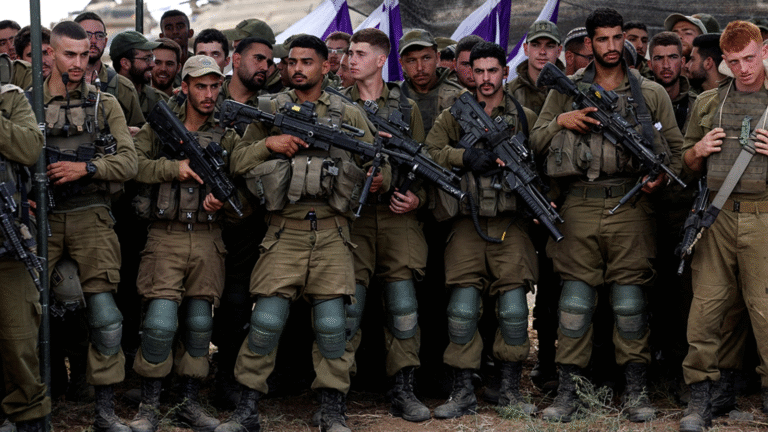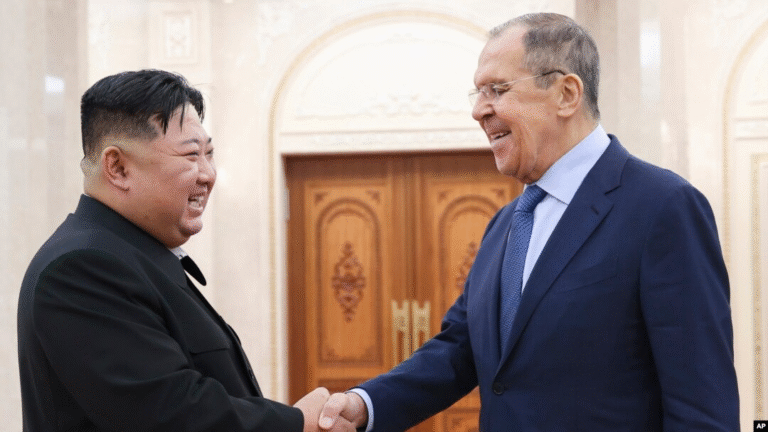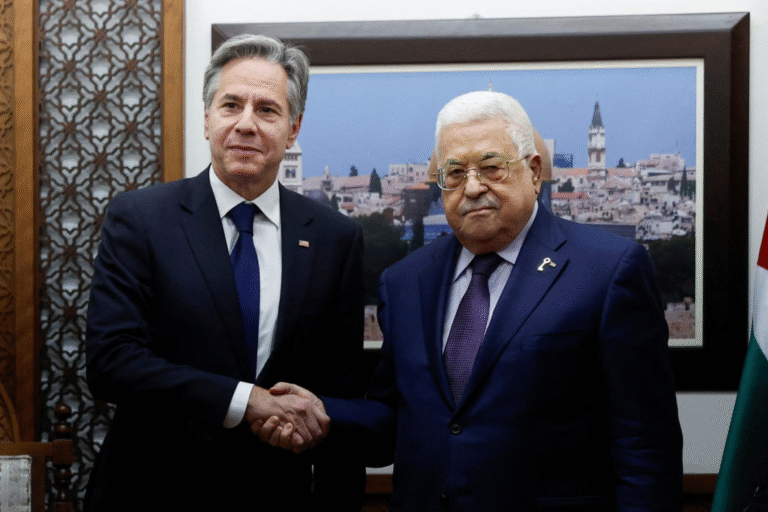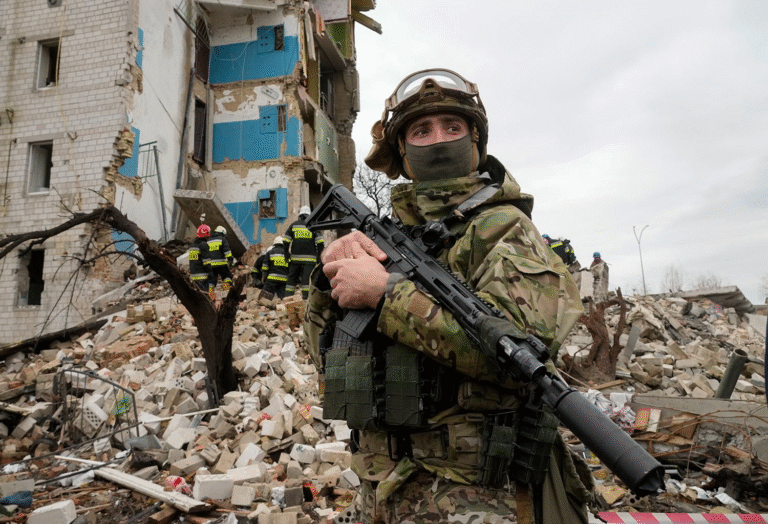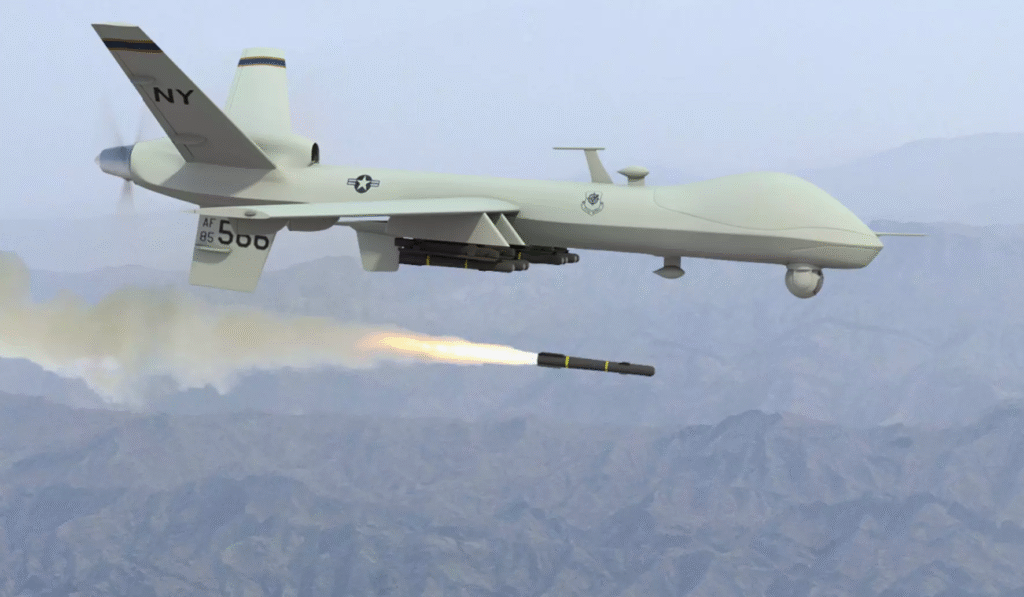
American MQ-9 Reaper drone that Houthis claimed to have shot down April 4th, 2025 with a locally manufactured missile via USCENTCOM
William Branscom
The America-Eurasia Center
www.EurasiaCenter.org
International Security Program Ukraine Program
America-Eurasia News
The New Battlefield
Drones have repeatedly proven to be a game changing technology in the Ukraine conflict,
reshaping how war is fought. During Operation Spiderweb this was made abundantly clear as
Ukraine deployed a swarm of drones to destroy roughly 7 billion dollars’ worth of Russian aircraft.
This operation delivered a massive blow to Russia at a relatively low cost to Ukraine. It
demonstrates the potential high return on investment drones offer with their ability to destroy
sophisticated, expensive equipment such as tanks, ships, and aircraft. Their affordability and
effectiveness make drones an invaluable asset to both militaries and non-state actors.
Rapid Drone Innovation
Since the start of the Ukraine-Russia war, the use of drone technology has seen
unprecedented growth. An ongoing arms race has emerged, with drone and counter drone
technology rapidly evolving to outpace one another.
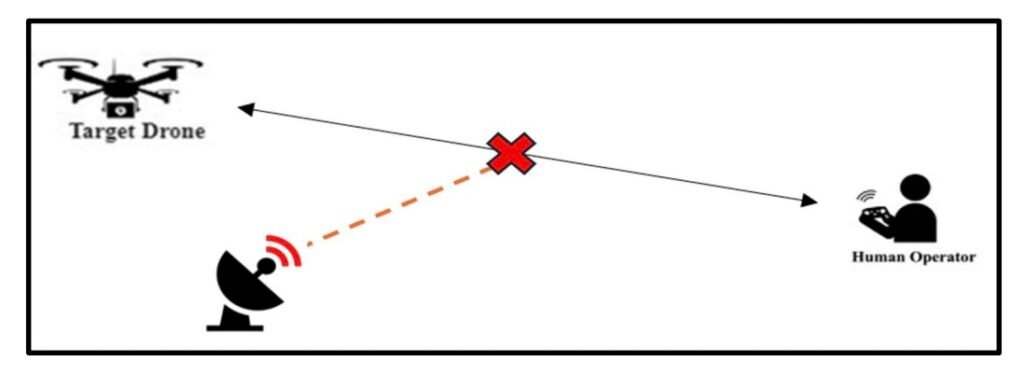
For instance, radio frequency (RF) jammers, which disrupt the signal between drones and
their operators have become increasingly sophisticated, operating across a wider range of
frequencies and forming the backbone of drone defense for both Russia and Ukraine. However, RF
jammers have been countered by the introduction of fiber-optic drones. These drones are tethered to
their operators via a spool of fiber-optic cable, allowing commands to be transmitted without
relying on radio frequencies, which renders them immune to jamming. This innovation has exposed
previous “safe” zones to reconnaissance and suicide attacks. To defend against fiber-optic drones,
interceptor drones have been deployed. Armed with net guns or shotguns, these defensive drones
hunt and disable enemy drones by entangling or damaging their propellers.
The pace of innovation is only accelerating with the integration of artificial intelligence.
Autonomous drones capable of identifying and striking targets without human operators are in
development, promising greater accuracy and resilience to electronic warfare. On the defensive
side, AI-powered acoustic detection systems are already being used to identify drones by analyzing
the unique sounds of their propellers to determine their speed, direction, and model. These are
revolutionary advancements that highlight current advancements and where there is room drone for
drone technology to grow.
Grassroots Revolution in Warfare

Fiber-Optic Drone | Credit: Viktor Fridshon/Global Images Ukraine
Surprisingly, many of these breakthroughs don’t originate in top-secret government labs but
from individual inventors and small teams. Since 2022, hundreds of drone start-ups have emerged
in Ukraine, each offering new ideas and designs. The Ukrainian government has supported these
groups through funding initiatives such as Brave1 and government sponsored hackathons.
Russia, meanwhile, is also seeing drone innovation largely driven by the private sector. This
is because government sponsored drone innovation is too slow. The Kremlin will make contracts
with large private companies for them to develop new drone models but by the time these
contracted drone systems are ready, they are often outdated. This underscores how drone
development differs from traditional weapon systems. Drones are cheap, widely accessible, and
don’t require massive investments or resources to design or produce.
This shift decentralizes military innovation. Unlike tanks or fighter jets, drones can be built
and refined in a garage. This levels the playing field, giving individuals and small companies the
ability to influence modern warfare. Governments and large defense contractors move too slow,
burdened by bureaucracy, and struggle to be remotely competitive in this industry as the Russian
government has quickly discovered.

Screenshot from Russian Telegram Channel, VORON FPV, which offers training to drone operators and discusses drone innovation.
Expanding Drone Warfare in the West
Drones have long been a tool for non-state actors well before the Ukraine war. Groups such
as ISIS used these drones on civilian and military targets with great efficiency. While the use of
drones is not a new threat, it is becoming significantly more dangerous as Russia and Ukraine
continue to develop new drone technologies and tactics. Operation Spiderweb illustrates how
drones are reshaping asymmetric warfare. Ukraine’s recent success in destroying Russian aircraft
with relatively inexpensive drones highlights how they can neutralize far more expensive and
sophisticated weapon systems.
The Middle East is especially primed for a drone warfare boom, with Iran rapidly scaling up
its UAV production. Satellite images from July 7th, 2024, show major expansions at two of Iran’s
major missile and drone sites. This surge is largely driven by the Ukraine war as Iran has deepened
its strategic partnership with Russia. This partnership has allowed Iran to expand its drone
production by selling Moscow its Shahed 136 and 131 kamikaze drones and to enhance their UAVs
effectiveness with Russia’s military technologies.

Map depicting Houthi strikes on ships traveling through the Red Sea. | Credit: ACLED
These drones are not just going to Russia though and are being sent to support many
Iranian-backed groups such as Hamas or the Houthis. The Houthis, for example, have used Iranian
kamikaze drones to disrupt commercial shipping through the Red Sea and threaten Saudi and
Emirati infrastructure. Their drone strikes were instrumental in pushing Saudi Arabia and the
UAE to agree to a ceasefire, halting their intervention in Yemen.
As drone innovation continues in Ukraine and Iran receives increased funding and
technical support from Russia, the Middle East is likely going to experience a dramatic escalation
of drone warfare. This combination of advanced technology, widespread drone proliferation, and
active non-state actors is poised to shift the regional balance of power, making this a critical area
to watch closely.
